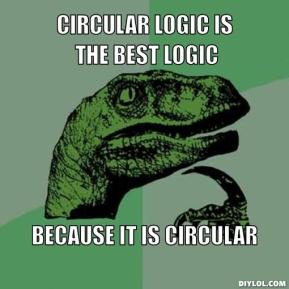I am not mathematically minded. After my Precalc midterm, my teacher looked at me with a mix of awe and disappointment and asked, “Katie, what happened?” I forged through Psych Statistics wielding rote memorization like a machete. No matter how many times I order the exact same meal at Fresh Side, I still have to break out my calculator app to figure out the tip.
Despite this… I love data.
I also love intuition– the spectral webs of crisscrossing themes and the cotton candy feel of abstract ideas spinning together.
But there’s something exciting about boiling down complex ideas into simple, manipulatable numbers. To see those intuitions finally concrete in scatterplots and percentages– or else thereby denied and replaced by a new realm of phantasmagoric possibilities.
This love of data has been amplified by the various methodology workshops we’ve been doing. Learning about tools like Voyant and MALLET, the ways they can act as not a substitute for analysis but as a supplement or stimulus, and looking at data visualization, the way arguments can be made in images– all of it has been exhilarating. There are so many paths to walk down that ultimately I don’t feel terrible about having to narrow it down to just a few; there are thousands of good and great options, sure, but I just have to find the right ones.
Data exists everywhere– these workshops have convinced me of that. They’ve given me a new way of looking at our archival resources– inaugural speeches can be analyzed for trends, student publications can be broken down into topics, course catalogs can be distilled into graphs, charts, numbers. I’ve always been one to value the anecdote and its place in painting abstract ideas– now I realize that as beautiful as broad strokes are, there’s also power in pointillism.

So I’m ready to move on from frolicking to focusing– both have their merits– and to start circling in on a final topic. I have all these new, powerful methodologies– I want to sic them on something.
And I feel prepared for the journey– I’ve been armed for inquiry, I’ve got a great team beside me, and I’m eagerly awaiting the challenges ahead.
After all, we’re dealing in data, and data is fun.


